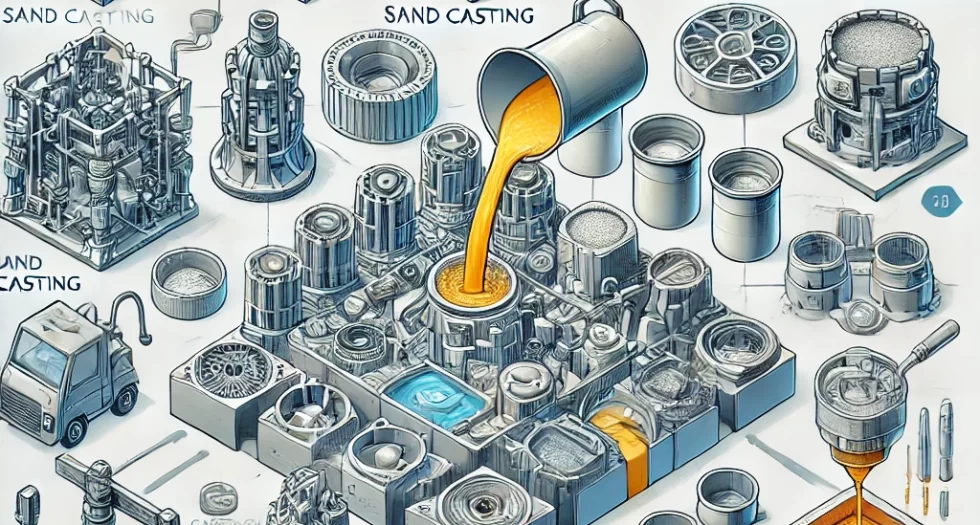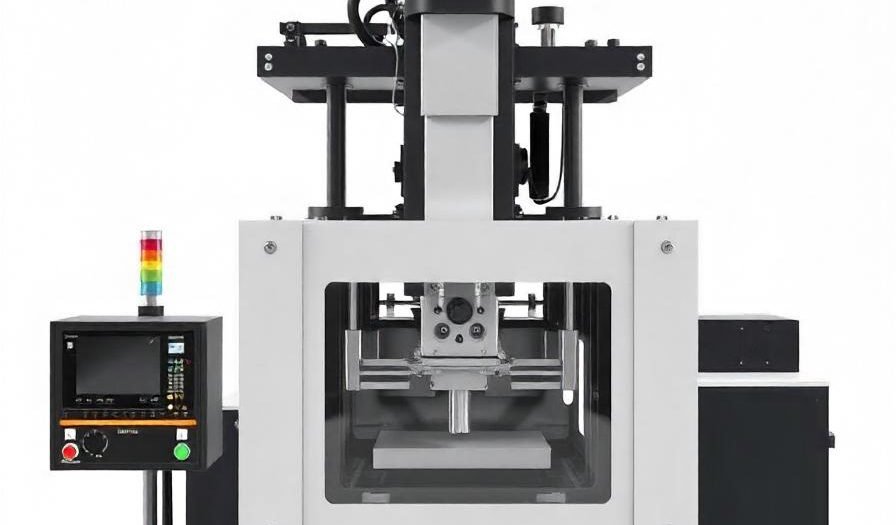
Casting is a centuries-old bedrock of manufacturing. For countless generations, it has been instrumental in shaping molten material into desired forms. With the advent of 3D printing, this time-tested technique has been reinvented and integrated into modern production processes.
Different types of casting are used in 3D printing, highlighting their benefits, drawbacks, and applications. Let’s find out.
Key Takeaways:
- There are various casting techniques, such as sand casting, investment casting, and vacuum casting.
- Each type offers unique advantages, disadvantages, and applications in 3D printing.
Casting is a manufacturing process in which a liquid material, such as metal or plastic, is poured into a mould and allowed to solidify, forming the shape of the mould cavity. The process has been around for centuries and has evolved significantly with technological advancements.
Although there are some steps to create 3D-printing moulds for casting, it is still the most efficient method for producing complex components.
Different Types of Casting
1. Sand Casting
Sand casting is among the oldest and most widely utilised casting techniques. It involves creating a mould from sand to pour the molten material.
Advantages:
- Cost-effective and suitable for large-scale production.
- It can produce large and complex shapes.
- Offers flexibility in design.
Disadvantages:
- The surface finish may require additional machining.
- Dimensional accuracy can be lower compared to other methods.
- It is limited to materials that can withstand high temperatures.
Applications:
They are commonly used in the automotive and heavy machinery industries for producing engine blocks, crankshafts, and other large components.
2. Investment Casting
Investment casting, also known as lost-wax casting, involves creating a wax pattern, coating it with a ceramic material to form a mould, and then melting the wax away before pouring the molten material.
Advantages:
- Produces highly detailed and intricate parts.
- Excellent surface finish with minimal post-processing.
- Capable of casting a wide variety of materials.
Disadvantages:
- Higher cost compared to sand casting.
- Longer production time due to multiple steps.
- Limited to smaller parts.
Applications:
They are used in the aerospace, jewellery, and medical industries for creating precise and intricate components, such as turbine blades, jewellery pieces, and implants.
3. Plaster Casting
Plaster casting uses a plaster-based mould to cast parts with fine details and smooth surfaces.
Advantages:
- Creates parts with a superb surface finish and intricate details.
- Suitable for low to medium-volume production.
- Good for casting intricate designs.
Disadvantages:
- Not suitable for high-temperature materials.
- Moulds are fragile and may break easily.
- Limited dimensional accuracy compared to other methods.
Applications:
It is commonly used for decorative items, prototypes, and small industrial components.
4. Die Casting
Die casting involves injecting molten material into a metal mould under high pressure.
Advantages:
- High dimensional accuracy and smooth surface finish.
- Suitable for high-volume production.
- Minimal post-processing is required.
Disadvantages:
- The high initial cost for mould creation.
- Limited to materials that can be injected under high pressure.
- It’s not ideal for large parts.
Applications:
Widely used in the automotive, electronics, and consumer goods industries for producing components such as engine parts, housings, and gears.
Avinyaworks: Your Partner in Precision Casting
From ancient sands to modern machines, casting has been a pillar of manufacturing. Today, Avinyaworks combines this traditional craft with modern 3D printing technology.
Our expertise spans various casting methods, ensuring you find the perfect solution for your project. Whether it’s the intricate details of investment casting or the high-volume efficiency of die casting, our 3D Printing Services In Brisbane deliver precision, quality, and innovation.
Trust Avinyaworks to transform your ideas into tangible realities.
Recent Posts
-
 How Much Does CNC Machine Cost17 Jan 2025
How Much Does CNC Machine Cost17 Jan 2025 -
 The Art and Science of Sheet Cutting: Precision, Techniques, and Applications15 Jan 2025
The Art and Science of Sheet Cutting: Precision, Techniques, and Applications15 Jan 2025 -
 Outsourcing Your CNC Machining Needs In 202213 Jan 2025
Outsourcing Your CNC Machining Needs In 202213 Jan 2025 -
 20 Powerful Industries That Benefit From CNC Machining13 Jan 2025
20 Powerful Industries That Benefit From CNC Machining13 Jan 2025 -
 Why is Polycarbonate Used in Injection Moulding?13 Jan 2025
Why is Polycarbonate Used in Injection Moulding?13 Jan 2025
Categories
- Blogs
- 3D Printing Articles
- Injection Molding Articles
- Machining Articles
- Sheet Cutting Articles

